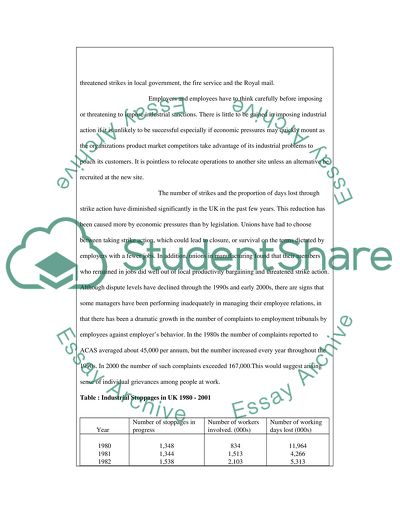Cite this document
(“Industrial Action Essay Example | Topics and Well Written Essays - 1500 words”, n.d.)
Retrieved from https://studentshare.org/human-resources/1538486-industrial-action
Retrieved from https://studentshare.org/human-resources/1538486-industrial-action
(Industrial Action Essay Example | Topics and Well Written Essays - 1500 Words)
https://studentshare.org/human-resources/1538486-industrial-action.
https://studentshare.org/human-resources/1538486-industrial-action.
“Industrial Action Essay Example | Topics and Well Written Essays - 1500 Words”, n.d. https://studentshare.org/human-resources/1538486-industrial-action.


